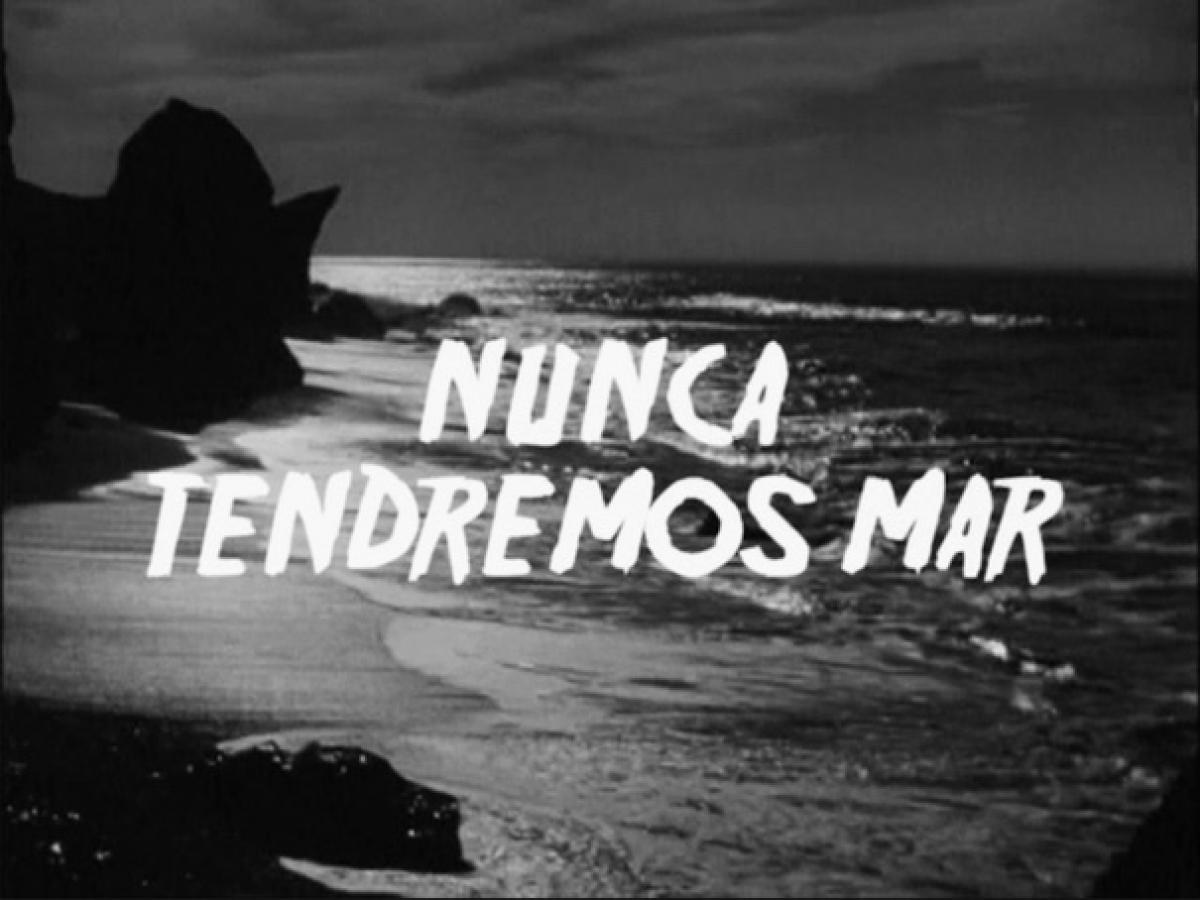
Killing Monsters with DIY
Hi, my name is Bernardo. I play the bass guitar in Gato Diablo and I’ve made the video for our instrumental song «Nunca Tendremos Mar» (We’ll Never Have the Sea). I think a country is like a person. Like most people, countries have their own traumas; the traumas are created by history, conquests or wars, and they are like monsters. They repeatedly cause nightmares, and they are part of our identities and behaviors. From the Norient book Seismographic Sounds (see and order here).
Here in Bolivia this trauma is the result of land locking – people have been crying about the loss of the sea access for more than a hundred years. We are educated since childhood to recover this territory, so it’s a strong patriotic issue in Bolivian culture. In the title of «Nunca Tendremos Mar» we say: «Hey people accept it, we will never have the sea!», even if it is very offensive for some people here. With Gato Diablo we had no political intention, we just have a little bit of dark humor, which sometimes might be politically incorrect.
I guess I made the video with the same sense of humor, mashing up old Bolivian films and Hollywood B movies. Ten years ago it was very hard to buy these old Bolivian movies. Some of them were on pirated VHS tapes and in a terrible condition. I started to collect and to digitalize them. There was a lot of stunning material I could use – even the visual noises of the VHS tapes were a beautiful resource. For my video I was especially looking for found footage that showed endless variations of the encounters between the indigenous culture and western civilization. A lot of these repetitive stereotypes can be found in the old movies by Jorge Sanjinés from the 1960s and 1970s. While I was cutting Ukamau and Yawar Mallku (Blood of the Condor) by Sanjinés, I noticed how much he was influenced by Sergei Eisenstein. This is evident especially in the way he mashes up image sequences to send a political message. It’s not just about making a collage of two or more videos, but about trying to make them look unified with a completely new narrative, concept and rhythm. So for my video editing, the soviet montage theory is very important; I like to follow these old concepts, as evidenced by the «Nunca Tendremos Mar» video in 2012.
At that time I didn’t know that the sea topic would become kind of a trend in Bolivia, for both international politics and the arts. On the one hand, in May 2015 Bolivia took the sea dispute to the International Court of Justice, asking Chile for a negotiation to access the Pacific Ocean. On the other hand, we are in an era in which the Bolivian government is giving support to every kind of «artist» (musicians, plastic artists, filmmakers, and so on). In 2013 it founded an annual art competition called «Premio Plurinacional Eduardo Abaroa» and awarded more than one hundred artists with trophy money. What’s wrong with that? Eduardo Abaroa was one of our Pacific War heroes. And according to the competition rules, you have to address clearly defined topics with your art: nationalism, the land-locking topic, indigenous claims and other subjects related to the chauvinistic government’s speech. That’s the new spirit of art and music here in Bolivia. There is also already a hymn for it, made by thirty-five mainstream artists (this group is all of the mainstream artists we have in Bolivia: the big international record companies left the country in the late nineties because of piracy). In March 2015, these clowns made an Allstars-song called «Las Playas del Futuro» (Beaches of the Future). The title of their song generates a weird contrast with our «We’ll Never Have the Sea.» Unsurprisingly, they performed this song at the gala of the Eduardo Abaroa Awards. I think the nationalist tendency in the art circles in Bolivia is just hypocrital opportunism. That’s the reason why I always prefer to work in a really independent way. And that’s why Gato Diablo is based on a total DIY ethic.
This text was published first in the second Norient book «Seismographic Sounds».
Biography
Shop

Published on March 12, 2017
Last updated on April 29, 2024
Topics
Can a bedroom producer change the world? How do artists operate in undersupplied conditions?
From instruments made of plastic waste of the ocean to questions about a futurist naturalism which embraces technology for aesthetic emancipation.
Place remains important. Either for traditional minorities such as the Chinese Lisu or hyper-connected techno producers.